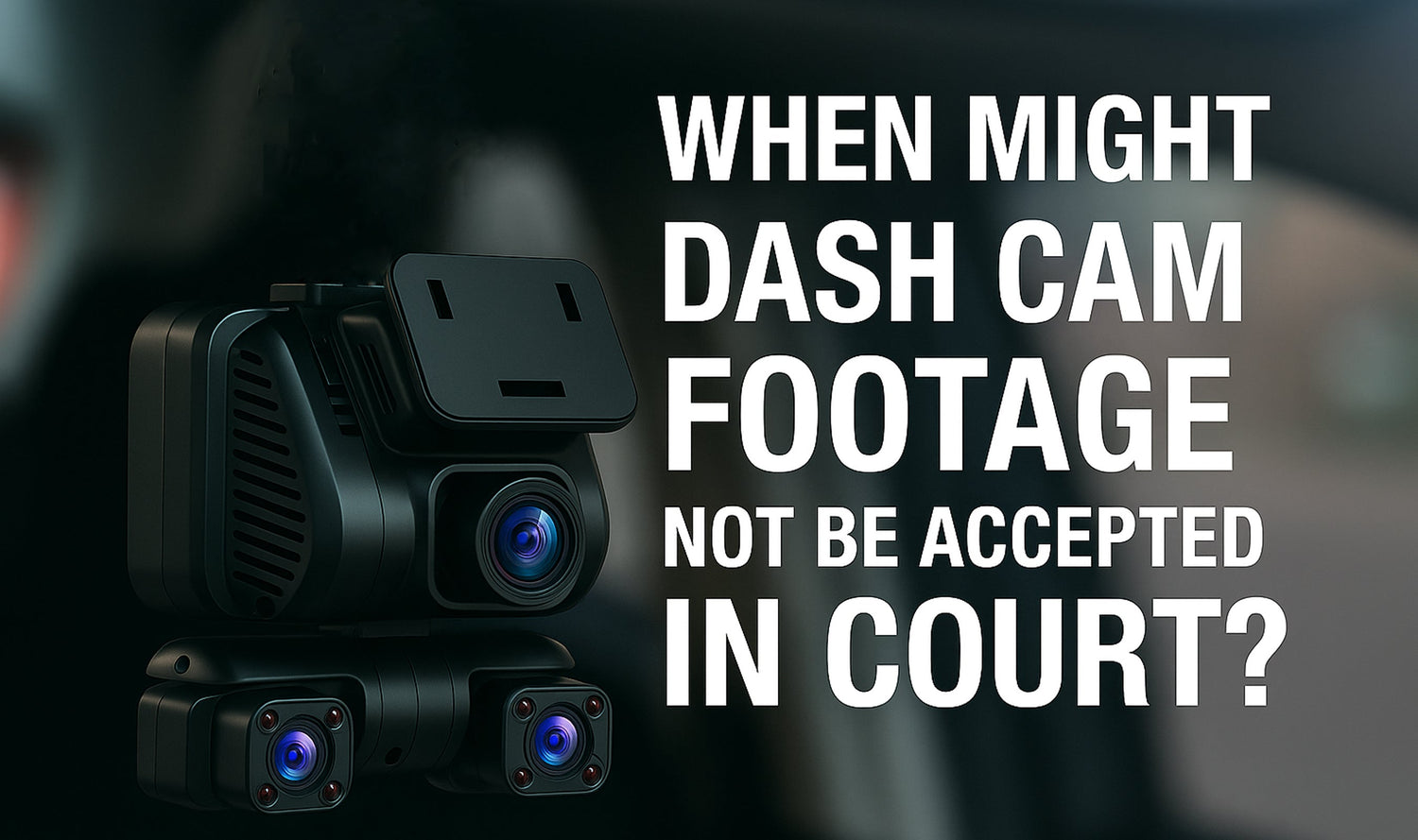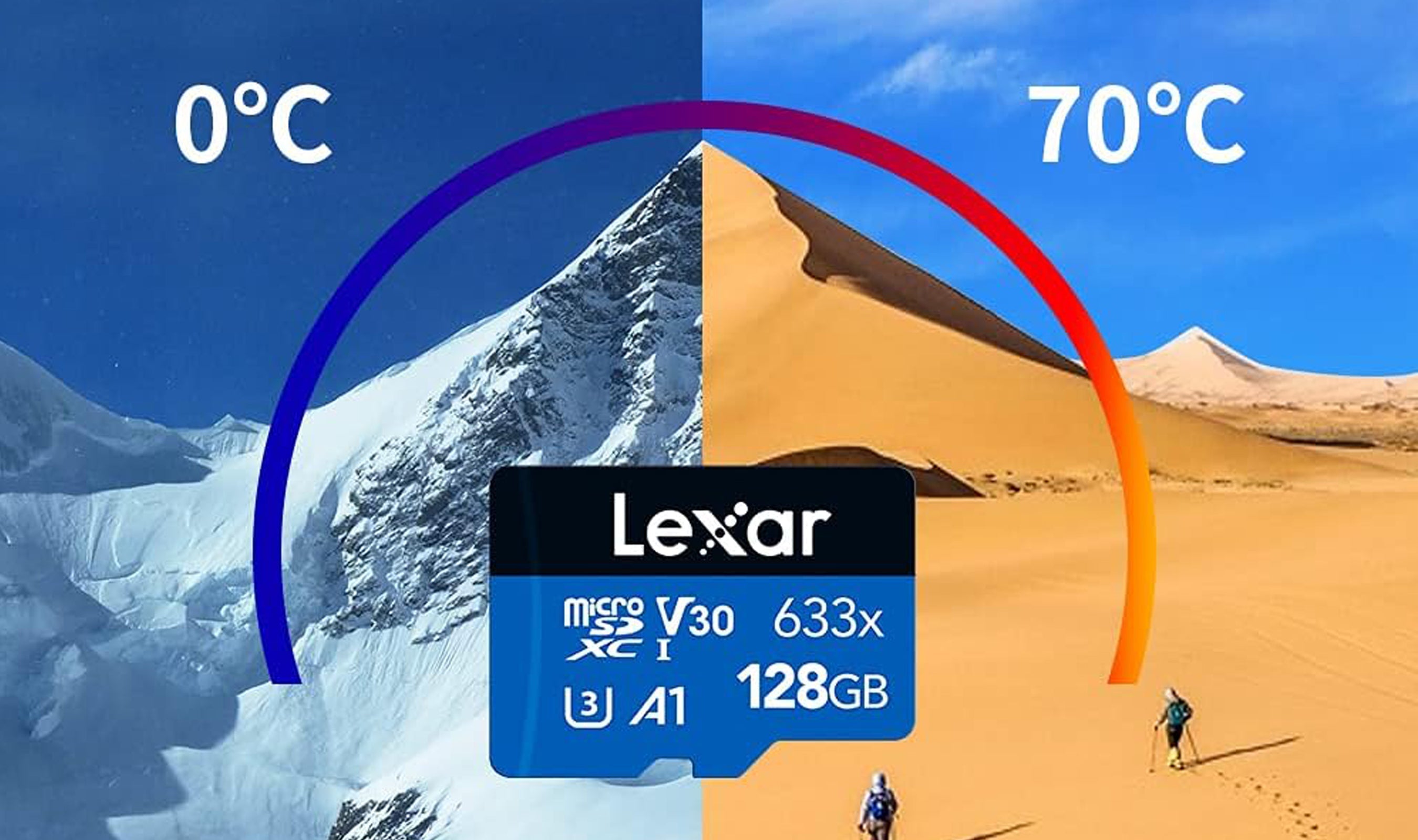When Dash Cam Footage Might Not Be Accepted in Court – and How to Make Sure Yours Is
Dash cams have become an essential tool for drivers across the USA and Canada. They provide crucial evidence in the event of accidents, road disputes, or insurance claims. However, dash cam footage isn’t always automatically admissible in court. If certain legal requirements aren’t met, even crystal-clear video could be rejected as evidence.
Here’s what you need to know about when dash cam footage may not be accepted – and how to ensure your recordings can stand up in court.
1. Illegal or Improper Recording
Even if the video shows relevant events, footage obtained illegally can be ruled inadmissible. Examples include:
- Invasion of privacy – Recording inside another person’s vehicle, private conversations, or private property without consent.
- Restricted areas – Filming in locations where recording is prohibited, such as military facilities or certain government zones.
- Improper installation – Some states and provinces regulate where and how a dash cam can be mounted (e.g., windshield obstruction laws).
Tip: Always check dash cam laws in your state or province to ensure legal installation and operation.
2. Questionable Authenticity
If the footage appears altered or incomplete, it can be challenged in court. Common issues include:
- Edited, trimmed, or deleted segments.
- Only providing compressed or converted versions instead of the original file.
- Incorrect date or time settings.
- Missing metadata such as GPS location or device ID.
How DRIVEYE Helps: Our dash cams offer tamper-proof encryption, automatic time synchronization, and embedded GPS data, making it easier to prove authenticity.
3. Lack of Relevance to the Case
Courts only accept footage that directly relates to the case. If your dash cam didn’t capture the entire event, or the content is unrelated to the dispute, the judge may dismiss it.
Tip: After an incident, save the full video from several minutes before and after the event to maintain context.
4. Broken Chain of Custody
In legal terms, the “chain of custody” refers to proving that evidence hasn’t been tampered with from the time it was created to when it’s presented in court.
If multiple people have handled the SD card without documentation, or if the video’s origin can’t be verified, the footage may be excluded.
How to Protect the Chain of Custody:
- Keep the original file in its native format.
- Limit access to the SD card.
- Use a dash cam with cloud backup to preserve an untouchable copy of the footage.
Final Thoughts
For dash cam footage to be court-admissible, it needs to meet three key requirements: legal acquisition, authenticity, and completeness. That’s why choosing the right dash cam matters.
DRIVEYE dash cams feature 4K ultra-clear recording, automatic time calibration, encrypted storage, GPS tagging, and cloud backup, helping ensure your evidence is both legally compliant and technically reliable – so it stands up in court when you need it most.
Choose the dash cam that suits you





Leave a comment
This site is protected by hCaptcha and the hCaptcha Privacy Policy and Terms of Service apply.